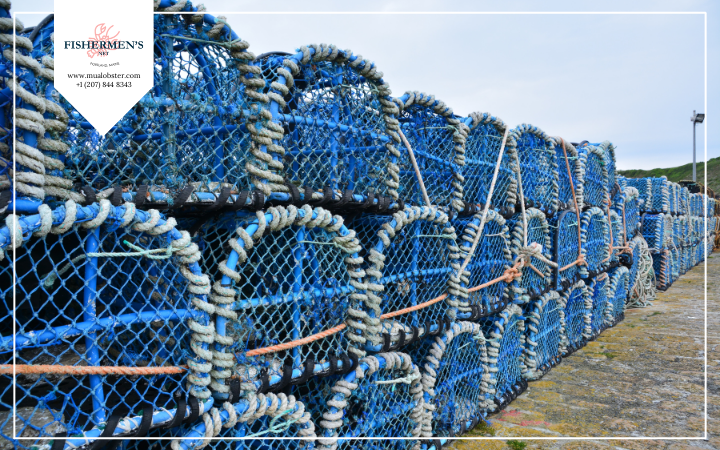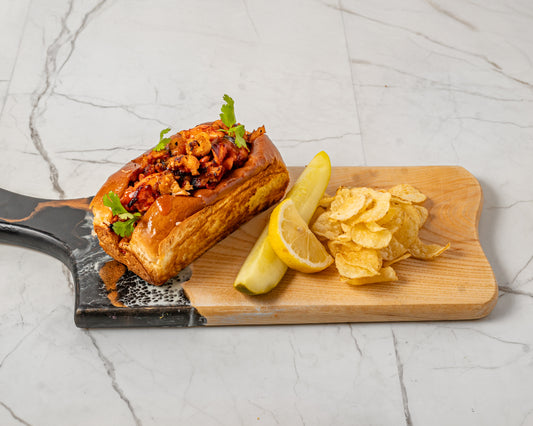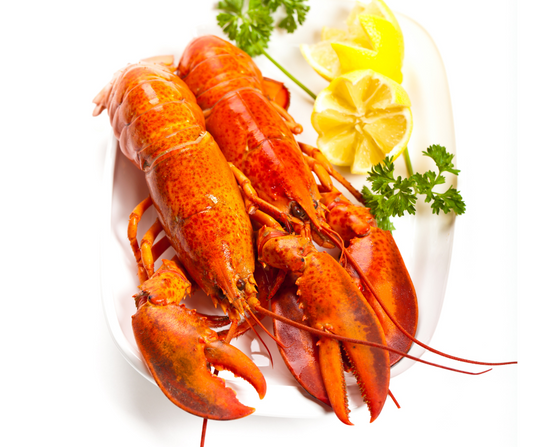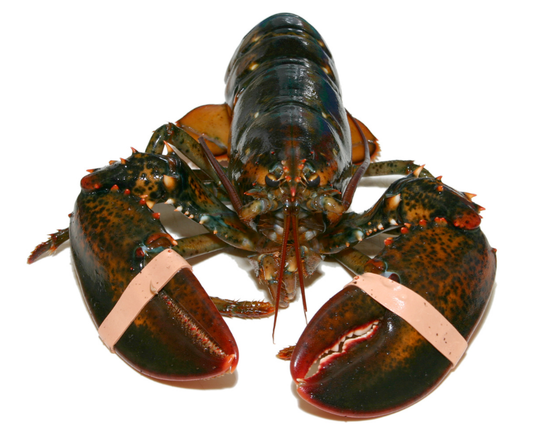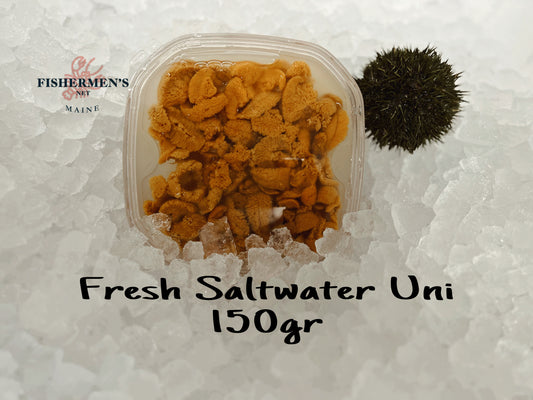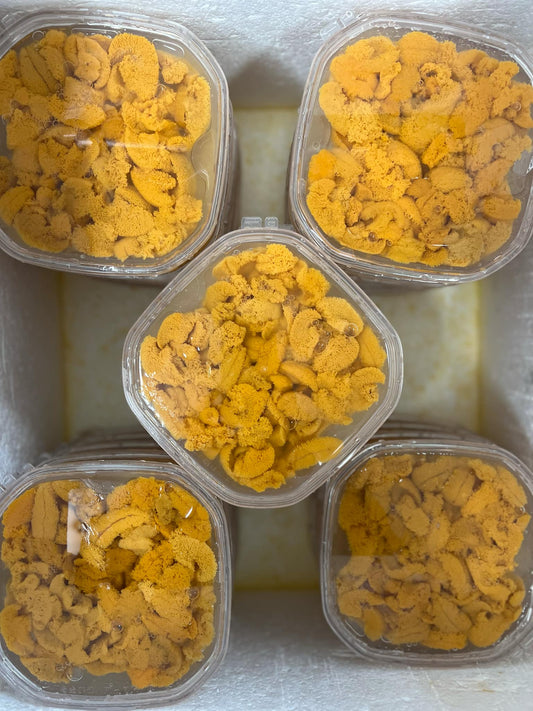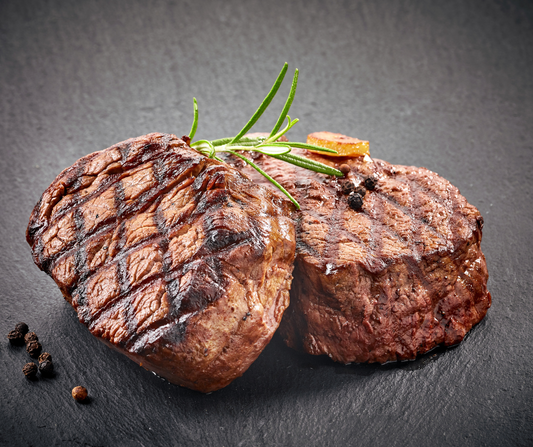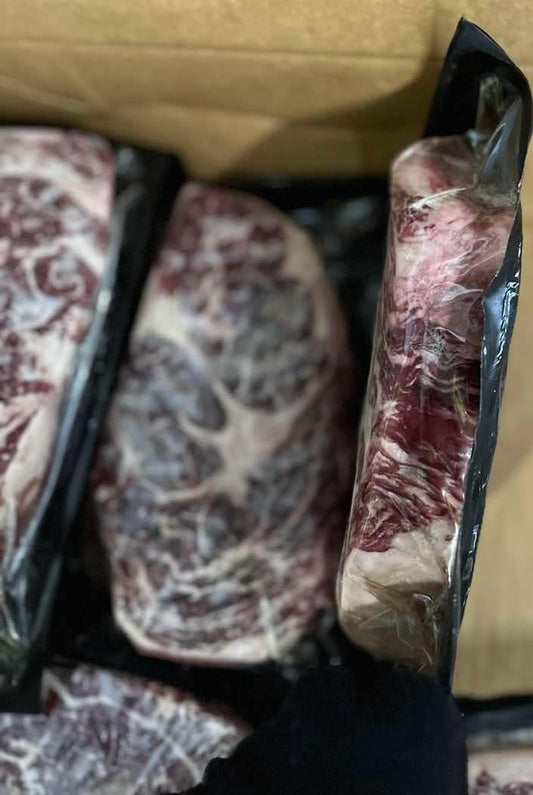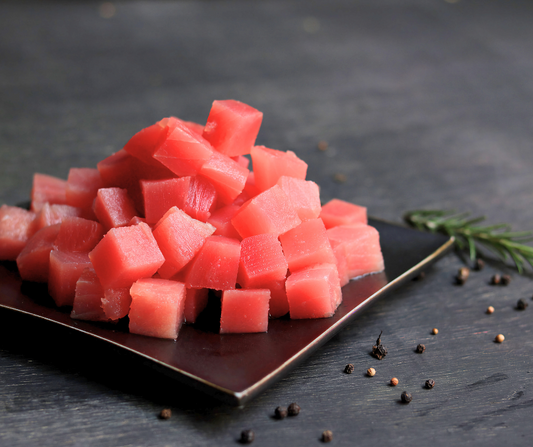Do you know? Lobster traps have revolutionized fishermen's lobster fishing hundreds of years ago. Since its appearance, it has become an indispensable tool for fishermen. The lobster trap was invented in 1809 by Ebenezer Thorndike in Swampscott, Massachusetts.

Setting Lobster Traps
In order to successfully set up a lobster trap, it is most important that you have knowledge and understanding of the lobster's traits. So what are the living characteristics of lobsters like? Lobsters usually live on the ocean floor at depths below 100 feet, but can also be found 1000 feet underwater! During the day lobsters are hidden in sand or rocks. They are nocturnal and hunt for food by using their antennas to sniff and find prey. In terms of lobster food, it eats everything alive or dead including mollusks, worms, fish, sea urchins, crabs and even other lobsters.
After understanding the survival characteristics of lobsters, the next important thing to successful lobster trapping is the location of the traps. During the day, lobsters are often hidden in rock crevices and seaweed patches. So you should place lobster traps in places with many rocky ravines and lots of seaweed patches. A lobster trap can hold many types of lobster.
Next to lobster traps, Salted Herring is the favorite bait fish used by lobster catchers to lure and trap lobsters. You can also use herring or other crustaceans and mollusks that lobsters love. The cost of using lobster bait will increase, affecting the profitability of lobster catchers. Therefore, Bluefish, Cod, Mackerel and Menhaden (known as Pogeys) are also used as bait to diversify food and reduce costs.
Hauling Lobster Traps
An impressive number that we want to share will definitely surprise you. During the lobster season Maine, there are about 3 million traps off the coast of Maine that are distinguished by styles of color and design that are unique to each owner. You will see a dotted light-colored buoy that marks the lobster farmer's trap line. Wow, 3 million traps with floats of different colors. Can you imagine the scene at that time? It really makes tourists admire, right? This is a large number, but each fisherman is limited to 800 traps in water at a time. Below the surface, each trap is fixed with a concrete block that is connected to the float by ropes or warp. Traps are placed on the seafloor and last from one tidal period (six hours) to several days. Most lobster fishermens will check their traps for a day.

Lobster fishermens capture their traps using a hook with a hook (called a "gaff") to raise the trap manually or pulley up to the edge of the boat. Lobsters do not have the required size or females whose eggs are returned to the sea. To check if a lobster meets the criteria it will be measured by a shell - the back that does not include the head, claws or tail - must be at least 3 and 1/4 inches in size but not more than 5 inches.
Lobster Traps Design
Over 200 years since the first lobster trap appeared so far, there have been several improvements. However, we will still learn about lobster traps design from the very beginning!
A traditional lobster trap has two parts. The first is the outer compartment with 1 - 2 nylon mesh funnels leading into the trap. Lobster foraging will be attracted by the delicious prey and move into one of the funnels. Next, the gluttonous lobsters will go into the inner ingredients, called the "living room", where there is delicious prey with salted herring or black dot cod. At this point, these lobsters were trapped and could not escape.
Even though the lo bsters that enter the living room were trapped first can't get out. But there's still one place you need to know about traps. It's the kitchen: "Kitchen" is the entrance to the trap. It is funnel-shaped and made of mesh, flat concrete blocks or bricks are placed in the kitchen area to push the trap down so that it reaches the ocean floor.
bsters that enter the living room were trapped first can't get out. But there's still one place you need to know about traps. It's the kitchen: "Kitchen" is the entrance to the trap. It is funnel-shaped and made of mesh, flat concrete blocks or bricks are placed in the kitchen area to push the trap down so that it reaches the ocean floor.
The lobster traps design makes for the success and sustainability of the Maine lobster fishery. It is estimated that for every 20 lobsters that enter the trap, only one will be caught! Therefore, inefficient designs will require longer time along with consuming large amounts of resources and fuel from lobster operators.
The Companies Of Lobster Traps In Maine
If you want to buy pre-made and back traps, just bring them to use for lobster harvesting. Or even if you want to buy ingredients and build your own lobster traps you can look to two of the biggest lobster trap companies in Maine, Friendship Trap, founded in 1977 and Brooks Trap Mill, founded in 1946.
Also Searose Lobster Trap Co. in Scarborough, ME sells trap ropes and supplies as well as produces unique lobster trap furniture. Among them, the lobster trap seesaw is Searose's best-selling product. If you want to create your own unique traps, do not miss this site!
See how magical lobster traps are!
So you have all the important and necessary information about lobster traps in Maine, right? It will be unforgettable when you arrive in Maine during the lobster season, in addition to enjoying delicious lobster dishes you can also admire the scenery that is unlikely to happen at another time.
Or you can also order fresh lobsters from Fishermen's Net without a trap. Just choose your favorite type, quantity, pickup date and wait. We'll deliver overnight and bring the lobster to your doorstep.
Visit our blog for more useful tips related to the lobster. Feel free to contact us via the below contact information if you have any further questions or requests.
Website: www.mualobster.com
Address: 849 Forest Ave, Portland, ME 04103.
Tel: +1 (207) 772-3565.

